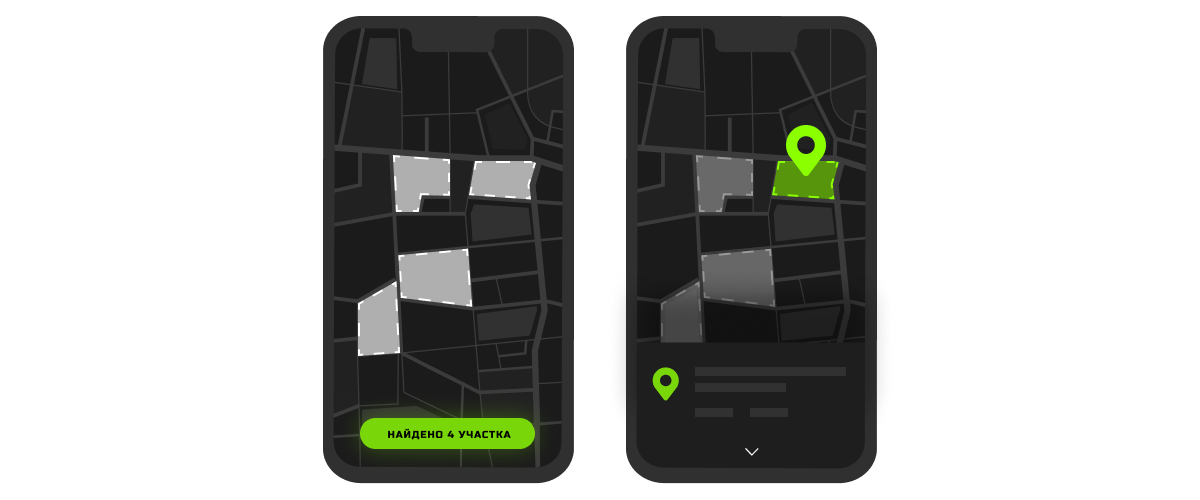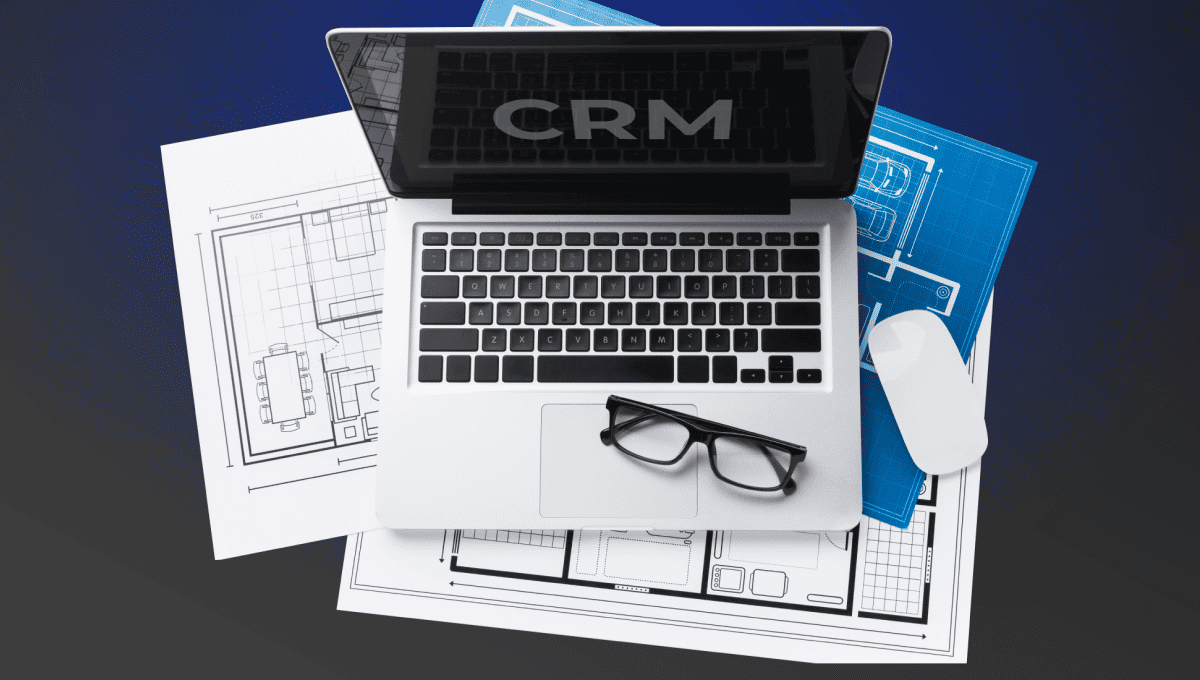DEADLINE: May - July 2022
PROJECT STAFF (PROJECT WORK): 1 developer
TECHNOLOGIES: PHP 8.1, Laravel 9, PostgreSQL 13.2, Postman, PhpStan, Composer, Vue.js
PROJECT COST: > 700 000 rubles
TARGET
Develop a CRM system, the functionality of which meets the needs of the company for the construction and implementation of facilities in cottage settlements, as well as automates business processes in working with clients.
MAIN GOALS
- Think over the CRM structure for entering, systematizing and centralized storage of data about objects, contractors and documents.
- Implement a mechanism for converting Word files into contract templates with the ability to edit and translate them into PDF documents.
- Integrate maps for marking and designating land plots of each village.
ANALYSIS AND PROTOTYPE
The company contacted us in April 2022. It is engaged in the construction and sale of suburban areas and real estate. The customer explained that there is no corporate system on the market that would be convenient for his field of activity.
Within the framework of the service, two central concepts are laid down: a plot and a house. The site has many parameters: cost, area, cadastral number, description, coordinates on the map, owner, and so on. Everything else is somehow connected with it: reservations, contracts, contractors. A house can be located on it with its various characteristics: from interior decoration to the final price.
Together with the client, we identified the main requirements for CRM and identified processes for automation. Based on this, we worked out the logic of the system and made the design of interfaces. After agreeing on the prototype of the IT product and its database structure, we moved on to programming.
PROGRESS AND SOLUTIONS
The development process went according to the planned plan and deadlines. At certain stages, we called up the client to clarify the details and provide background information. But in general, the project followed the roadmap.
- Consistently implemented information entities from parent to child.
- Designed user interfaces.
- Created business logic for the interaction of data units.
An important architectural decision was the organization of storage of contract templates. In order for them to be dynamic, i.e. completely changeable, the following was adopted:
- keywords have been introduced for quick data retrieval;
- a mechanism for recognizing Word-files and converting them into a correct html layout has been implemented;
- generation in PDF was introduced, in which system data is automatically entered.
To place maps of settlements and designate individual sections on them, we familiarized ourselves with the solution used on the customer's website. Based on the convenience of users, they used a tool already familiar to them when developing their system widget.

We checked the CRM for compliance with the functional requirements and handed it over to the client for testing.
RESULTS
The developed CRM system is a set of necessary functionality for authorizing employees, entering counterparties of different levels and taking into account interaction with them.
Sections have been created to organize information and automate the company's business processes:
- storage and modification of data about objects,
- contract templates with the ability to edit,
- placement of reports.



